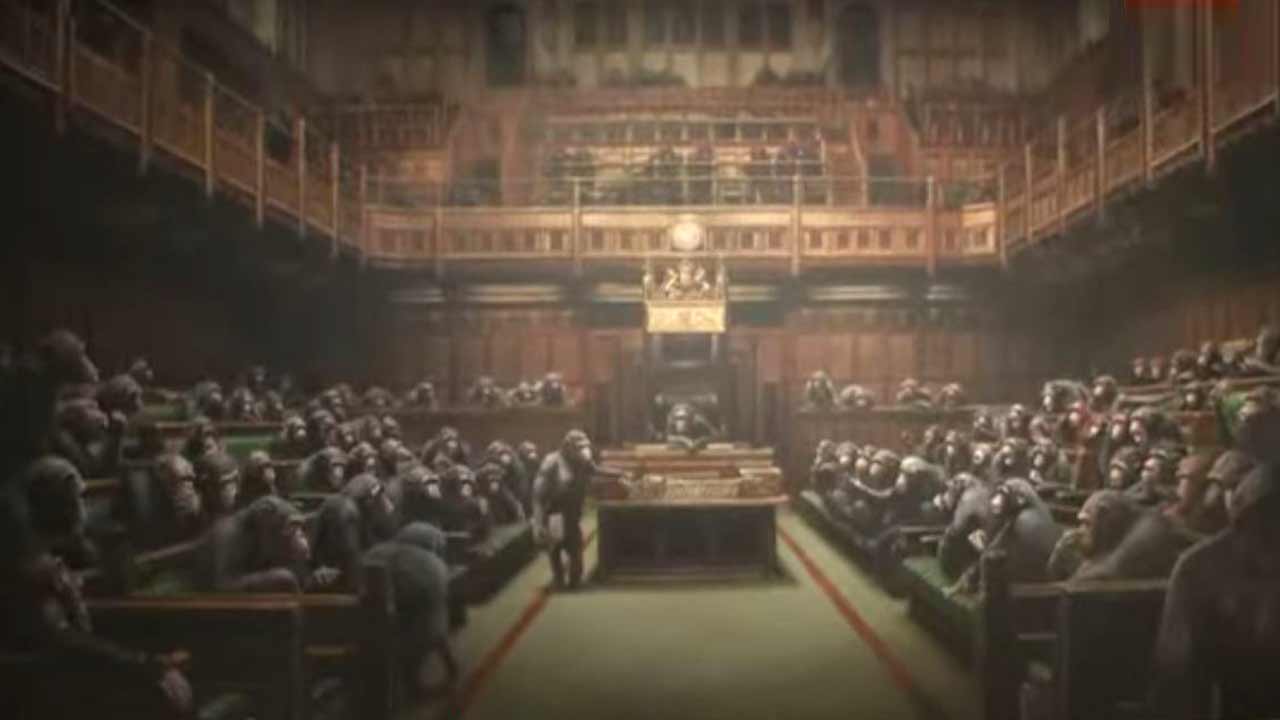Millions of coins and bills pass through our hands every day, most of them worth exactly what’s printed on them. But some coins can be worth a whole lot more, thanks to their rarity, condition, and market demand. One particular 25-cent coin is a prime example—it’s worth much more than the usual quarter, potentially even $5 million or more.
It’s all about finding the right variant, and the key is understanding what makes this specific coin special. Here’s what you need to know to spot one of these rare quarters.
The George Washington Bicentennial Quarter
This valuable quarter isn’t just any old coin. It’s part of the George Washington Bicentennial series, minted to celebrate the 200th anniversary of American independence in 1976. The design is familiar—featuring George Washington’s bust on the front and a colonial drummer on the reverse. It was made in 1975 and 1976, with dual dates of 1776-1976 marking the occasion.
But while most of the Bicentennial quarters are worth just 25 cents, a rare variant of this coin is worth a lot more—potentially millions. What makes it different? A minting error that has caught the eye of collectors. One such example is a quarter struck on a dime planchet, which sold for thousands due to its rarity (Source: Heritage Auctions).
What Makes This Quarter Worth Millions?
So what’s the big deal with this particular 25-cent coin? The answer lies in a mistake made during the minting process: a double-struck obverse. This means that the die used to stamp the coin’s design was misaligned, causing two impressions of George Washington’s image to overlap.
This type of error is extremely rare, making it highly valuable to collectors. In fact, a known example of a 1976-D quarter with a doubled die obverse (FS-101) fetched over $8,000 at auction in mint state condition (Source: PCGS). Even though millions of Bicentennial quarters were minted, the ones with this kind of error are incredibly scarce. As a result, the value of these rare quarters can easily exceed $5 million, depending on their condition and error type.
Identifying the Valuable 25-Cent Coin
To recognize this rare, million-dollar coin, you’ll need to look closely at a few key features:
- Obverse Design: The front side of the coin features a bust of George Washington.
- Reverse Design: The back shows a colonial drummer with a victory torch and thirteen stars.
- Inscriptions: On the obverse, you’ll see “LIBERTY,” “IN GOD WE TRUST,” and “1776-1976.” The reverse has “UNITED STATES OF AMERICA,” “E PLURIBUS UNUM,” and “QUARTER DOLLAR.”
- Mint Marks: This coin could have mint marks from Denver (D), Philadelphia (P), or San Francisco (S).
The most important thing to check, though, is whether the obverse design has been double-struck. If the images of George Washington seem to be overlapping or doubled up, you might have found something very valuable. Some guides even recommend using a magnifying glass to spot doubling on key elements like “LIBERTY” and “IN GOD WE TRUST” (Source: Coin Value Checker).
Why It’s Worth So Much
You might wonder why this error coin is so expensive, especially when millions of Bicentennial quarters were produced. The answer comes down to rarity and the demand for rare, historical coins among collectors. Even though the U.S. Mint produced a large number of these coins, only a tiny fraction have this particular error, making them highly sought after.
Collectors value this coin not just for its rarity, but also for its connection to the Bicentennial celebration. The historical context and unique flaw give it a place in both American history and the world of coin collecting. The combination of rarity, historical significance, and collector interest is what pushes the value into the millions.

Alexander Clark is a financial writer with a knack for breaking down complex market trends and economic shifts. As a contributor to The Daily Overview, he offers readers clear, insightful analysis on everything from market movements to personal finance strategies. With a keen eye for detail and a passion for keeping up with the fast-paced world of finance, Alexander strives to make financial news accessible and engaging for everyone.


